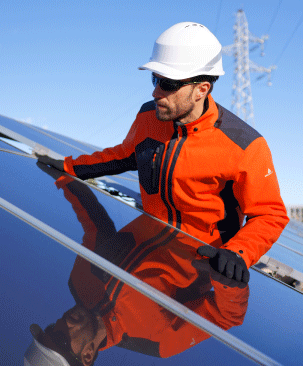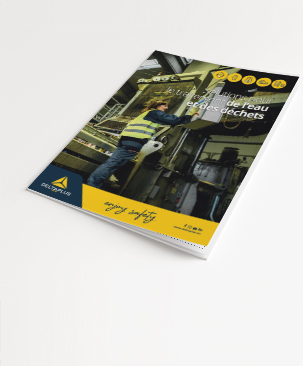EN ISO 374-5 specifies the requirements and test methods for protective gloves intended to protect the user against microorganisms (mold and bacteria, potentially viruses).
Penetration of molds and bacteria (tested according to EN374-2): Test by which the water and airtightness of a glove is checked.
Penetration of viruses (tested according to method B of ISO 16604): Process that determines the resistance to penetration by blood-borne pathogens.
- Test method using Phi-X174 bacteriophage.
The glove, depending on its type, will bear the following pictogram:
Examples of application:
The field of use is decisive because, depending on the case, the glove may have to combine several properties in order to meet the necessary protection requirements. It is therefore very important to refer to the recommended areas of use and the results of the laboratory tests found in the instructions for use. However, it is recommended to check that the gloves are suitable for the intended purpose by carrying out tests beforehand, because the conditions at the workplace may differ from those of the standard test, depending on the temperature, abrasion and degradation.































